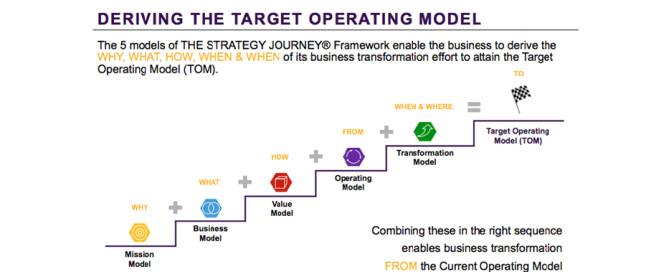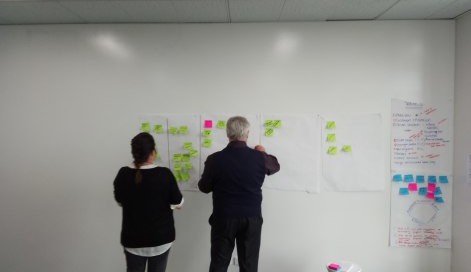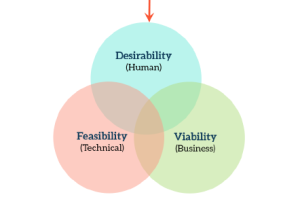The term Target Operating Model (or TOM) has been used a lot in many of the organisations that I have worked for all around the world over the years. Many 100s of millions of dollars in business change budget has been invested in these projects along with many 1000s of people, man hours and resources.
Having been involved in numerous initiatives, I’ve seen all manner of possible outcomes. Some have succeeded in delivering very beneficial outcomes for their organisations. Some have failed to deliver anything. There can be many reasons for this; they couldn’t raise the budget, they couldn’t get the buy-in needed from stakeholders, or they were based on the wrong motivations and outcomes to begin with. With this background in mind, I thought I’d share some insights from my experience around this discipline and try to answer to very important questions:
- What is the Operating Model?
- What is a Target Operating Model?
I will also describe how an organisation can really reap the benefits of a successful business transformation programme, or project, that is designed to deliver a Target Operating Model.












